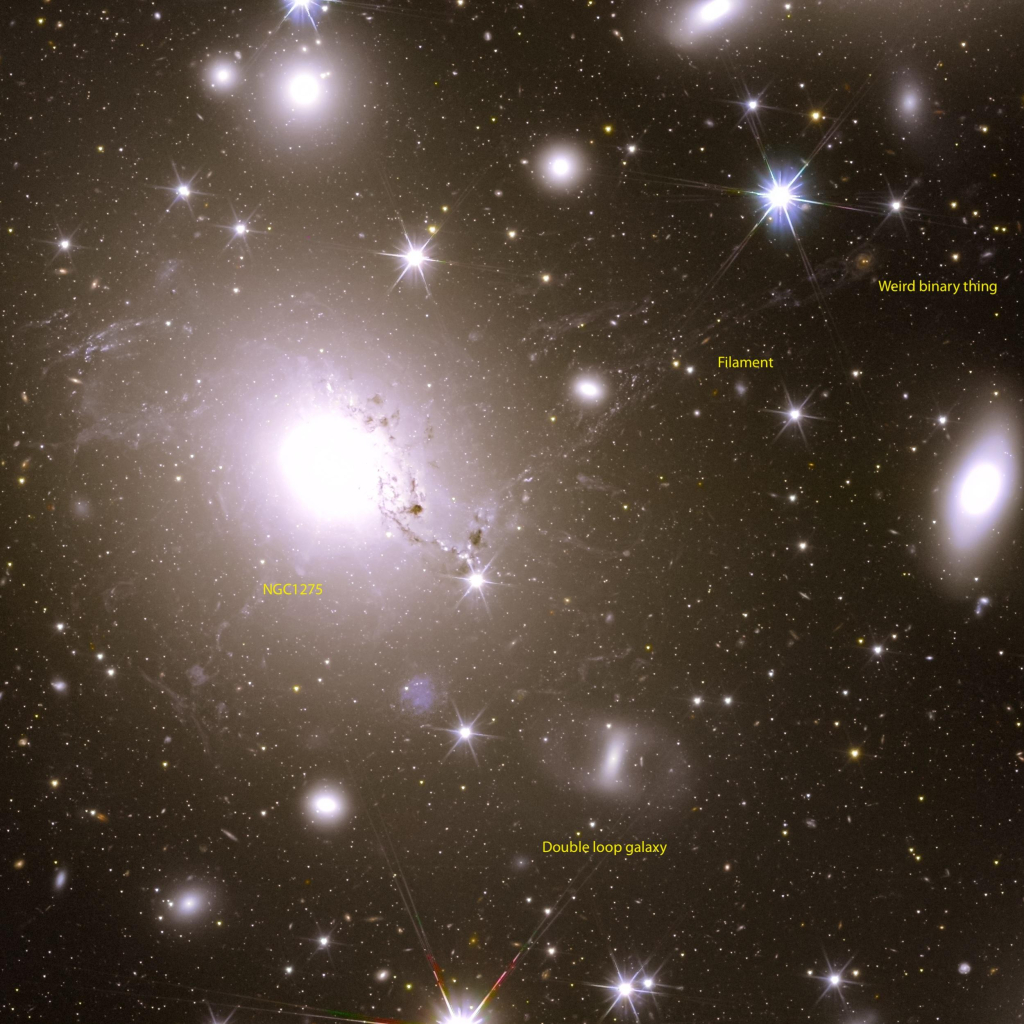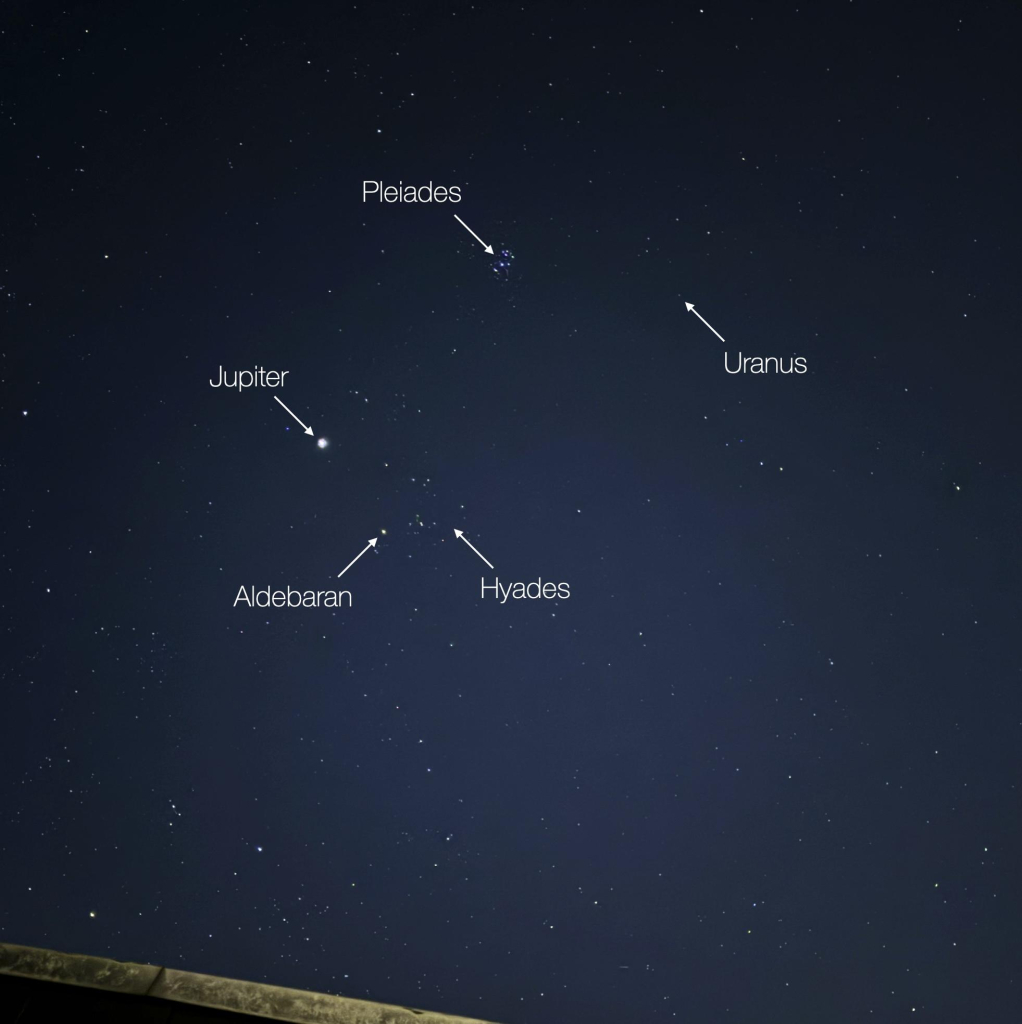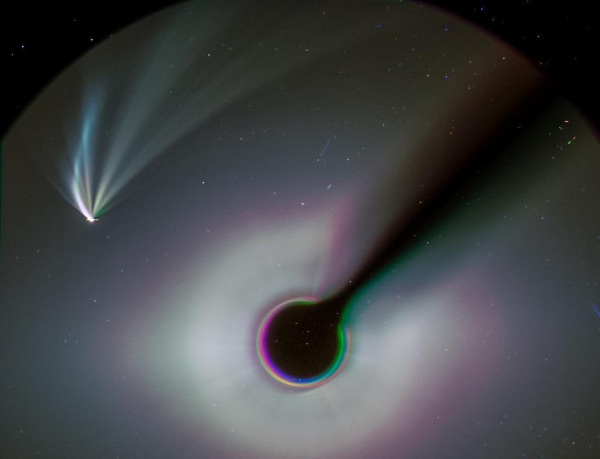Suche
Beiträge, die mit spacescience getaggt sind
What you’re seeing is a map of the 106 CCD detectors that Gaia used to measure the positions of billions of stars in the Milky Way for the past 11 years 🛰️✨
They were turned off in a special sequence … 😕
#SpaceScience #Astronomy #Science
In the ESA Euclid Early Release Observation image of the Perseus Cluster, there are two strange objects close to the big galaxy, NGC1275.
One appears to be a "double loop" galaxy, with large symmetric loops above & below the plane of an edge lenticular(?)
The other is a pair of reddened point sources wrapped in a loop of nebulosity, at the end of a filament coming out of NGC1275.
Any thoughts on either?
#SpaceScience
Although it has made several Venus flybys before, this one's special: it's the first of a sequence designed to lift the spacecraft out of the ecliptic plane.
Why? Because Solar Orbiter is aiming to take the first clear images of the Sun’s north & south poles.
Will there be a polar hexagon like on Saturn? Stay tuned 🌞
https://www.esa.int/Enabling_Support/Operations/Solar_Orbiter_ready_for_close_encounter_with_Venus
#SpaceScience

Solar Orbiter ready for close encounter with Venus
The European Space Agency (ESA) is ready to guide the ESA/NASA Solar Orbiter spacecraft through its closest encounter with Venus so far.www.esa.int
Neptune, however, remains a little challenging for such a tiny sensor 🙂
#SpaceScience #Astronomy #Photography
While doing so, it made a dramatic appearance sweeping through the wide-field LASCO C3 coronagraph of the ESA/NASA SOHO mission over a few days.
Here’s my take, a triplet of Deep Red, Orange, & Blue filter images taken over an hour around 09:00UTC on 14 January, as an RGB composite.
#C2024G3 💫
#CometATLAS ☄️
#Perihelion 🌞
#Photography 📷
#SpaceScience 🛰️





